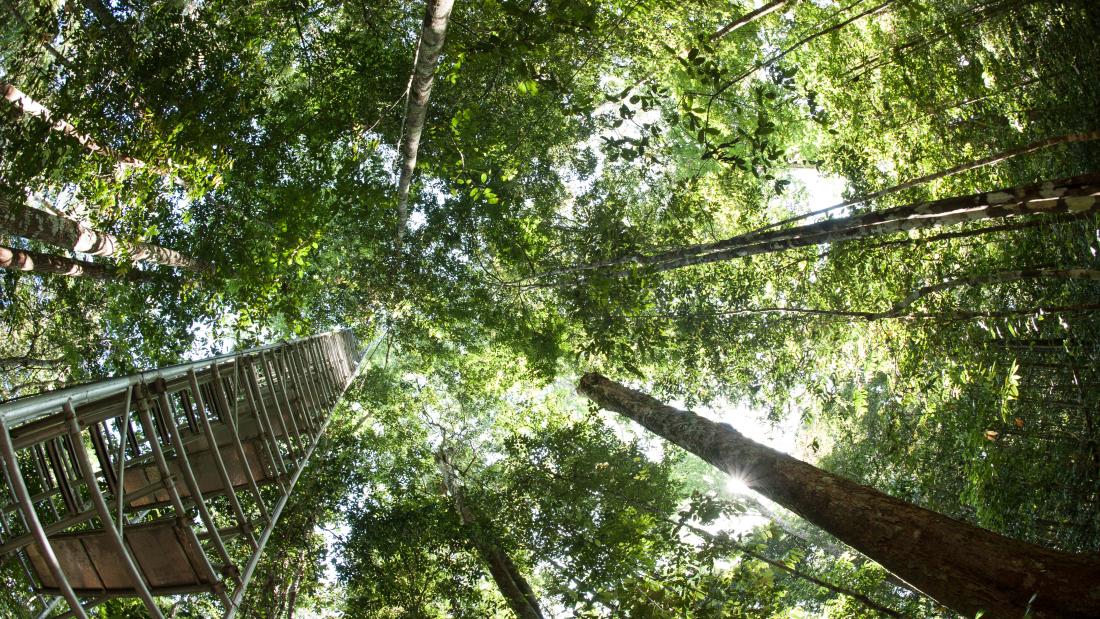Tropical forests growing on shallow water tables, where soil water is plentiful year round, even during dry seasons and moderate droughts are understudied and yet these regions make up a about half of the Amazon basin and, as we show in our paper, they are protected from drought impacts.
The good news is that the positive effect of moderate droughts in these regions may offset large carbon losses expected from tree death in regions where the water table lies deep below the surface.
Preserving Amazon forests
The research, led by Shuli Chen, a PhD student working with Professor Scott Saleska at the University of Arizona, assessed satellite images of the Amazon that capture both regular rainfall years and three major wide-spread Amazon droughts. When tree growth is harmed by drought the forest canopy appears more brown in satellite images. On the other hand, when the canopy gets greener, that means that tree growth is increasing. The coauthors found that drought was causing this ‘green-up’ in these waterlogged soils, confirming an ‘other side of drought’ hypothesis.
Waterlogged soils combined with soils that were low in the nutrients needed for tree growth were the most resilient to droughts, showing the biggest ‘green-ups’ when air temperature and sunlight conditions were also favourable to growth. And, even some upland forests were resilient to droughts but only if they were low in nutrients and had particularly tall trees which might allow the forest to access water stored deep in the soil more effectively. The adaptations that trees growing in stressful poor nutrient environments have developed may protect them from drought as well.
Marielle Smith concluded,
“Many large-scale studies treat the Amazon as one forest, but critically, our paper breaks it up into different regions or forest ‘ecotopes’, which have different environmental and ecological characteristics. This enabled us to identify the different mechanisms controlling drought responses in different parts of the Amazon and to map areas that are likely to be resilient versus vulnerable to drought.
This information will be important for conservation planning and predicting future function of the Amazon forest. We can see that the most vulnerable regions with respect to drought impacts are also at high deforestation risk. And yet these are the same regions that generate moist forest air that is transported via prevailing winds to Brazil’s important agricultural regions to the south.
These findings transform our understanding of which regions in the Amazon are more susceptible or more resilient to the negative impacts of climate change and show how important the impacts of the long-term soil conditions are for forest climate responses. These findings can help make conservation decisions and spur new research needed to understand and protect the Amazon forest in the future and preserve its critical role in cooling the Earth’s climate.”








